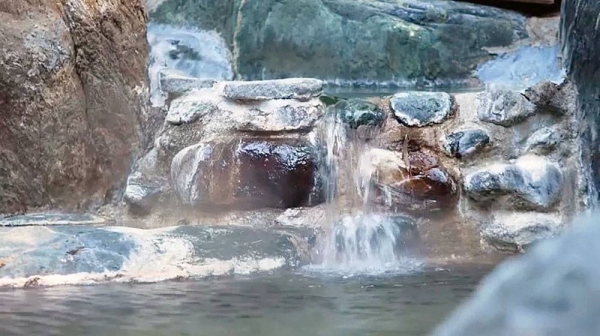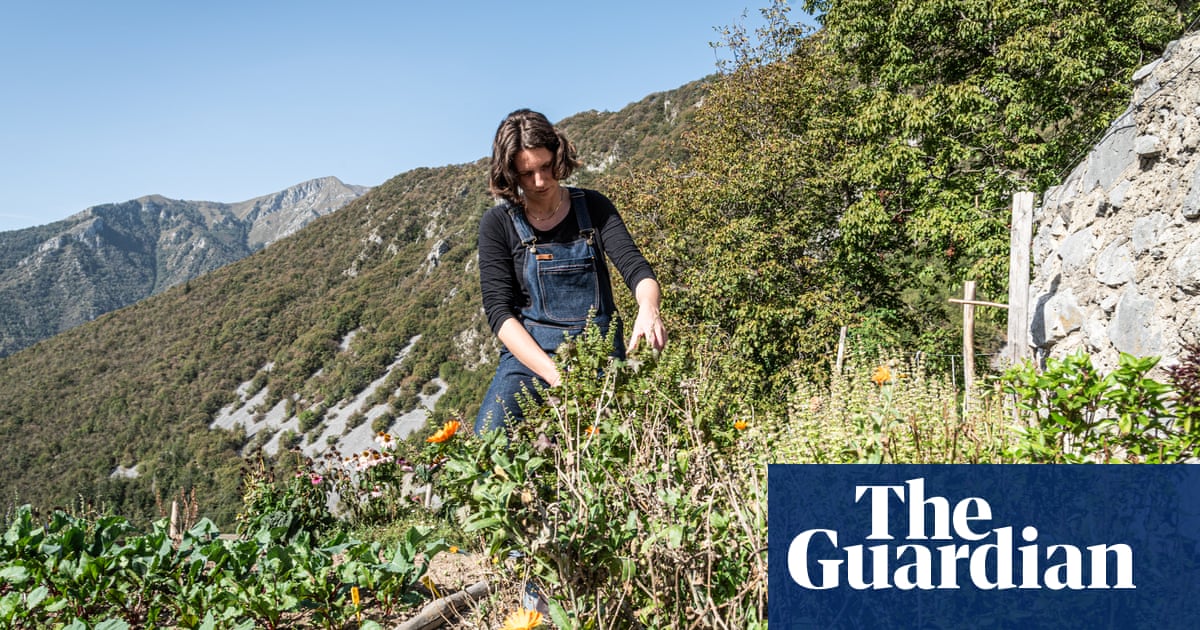
Twelve years after the Fukushima accident, the people from the region are working with determination to revive tourism and keep their ancestral traditions alive.
Iwasawa Beach is situated 20 kilometers from the nuclear power station, it used to be a surfing haven.
The beach reopened last year. Its top-quality waves and swell conditions are bringing back local surfers. Yoshida Kentaro is one of them.
He grew up in these waves. Now he runs the family hotel nearby, Ocean Waves. The business’s hopes lie in bringing surfing back to the area.
Water quality controls are carried out every week by the municipal authorities. Official data show levels of radiation close to zero.
In the coming months, water from the nuclear power station — filtered by a system called ALPS — will be discharged here into the Pacific Ocean.
Concerns have been raised by some experts and locals. But the surfers are following the data.
“Honestly, I have some concerns,” said Yoshida Kentaro. “But I’m not against the decision to discharge treated water because the water will be diluted to one-fortieth of the national standard before being released, and the government has already announced that it won’t be harmful to health.”
Local surfers are heavily involved in the cleaning and reconstruction of the beach. They hope for a brighter future for their cherished spot.
Yoshida Kentaro and his colleagues plan to bring surfing back to its peak: “I want to revive the Naraha Town Mayor’s cup,” he said. “It ran for 25 years before the earthquake. Discharging the treated water may lead to reputational damage. So to avoid this, we’ve got to draw people’s attention to the fact the sea is safe.”
Euronews traveled to the mountain city of Shirakawa to visit a pottery workshop with unique pieces. It belongs to Yamada Shinichi.
These ceramics originated 350 years ago in Soma — one of the hardest-hit areas. Yamada Shinichi’s workshop was only a few kilometers away from the nuclear power station.
Like other artisans, he was forced to relocate and start anew to keep an ancestral tradition alive.
“After the earthquake, I realized how important Obori SomaYaki is,” said Yamada Shinichi. “And that Soma ware is one of the treasures of the Fukushima Prefecture. So I feel this is an industry that should continue in the future.”
Locals and visitors come here to shop — but also to take craft lessons.
Obori SomaYaki is famous for its distinctive ‘blue cracks’ in the glaze. When the kiln is opened, the enamel cracks — producing a beautiful sound. That’s why it’s also known as ‘singing pottery’.
Some artisans have already returned to the Soma area, and others hope to return soon.
Iwaki Yumoto is one of the oldest spa cities in Japan. Its hot spring has been bubbling for 1,300 years. The mineral-rich water feeds numerous ryokans in the town.
Like the one owned by Satomi Yoshio. During the disaster, his long-established lodge used to house volunteers.
Since then, he’s worked unceasingly to revitalize the area and bring back visitors:
“The priority of tourism is to attract people,” he said. “But I don’t want to cover or hide the truth. So if we continue our activity, we can naturally build a relationship of trust — and we can get to a situation where rumor is no longer a word that’s used.”
His ryokan has become a place to heal mind and body. But also to learn about the resilience of Fukushima’s locals and contribute to their efforts.
“I came to Iwaki Yumoto for my holidays because I heard this hot spring is very good,” said tourist Yamazaki Yoshimi.
“And I came to this lodge because I want to contribute, even if only in a small way, to the recovery of Fukushima. “ — Euronews












